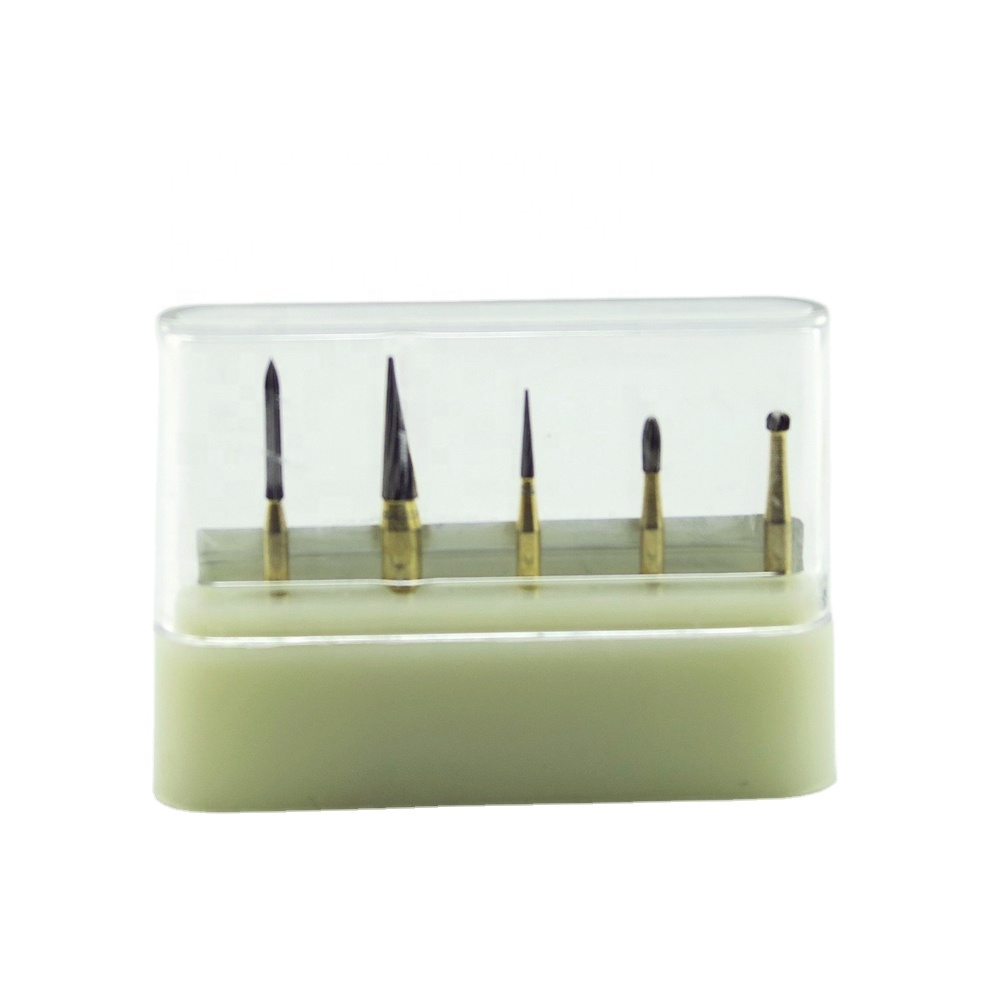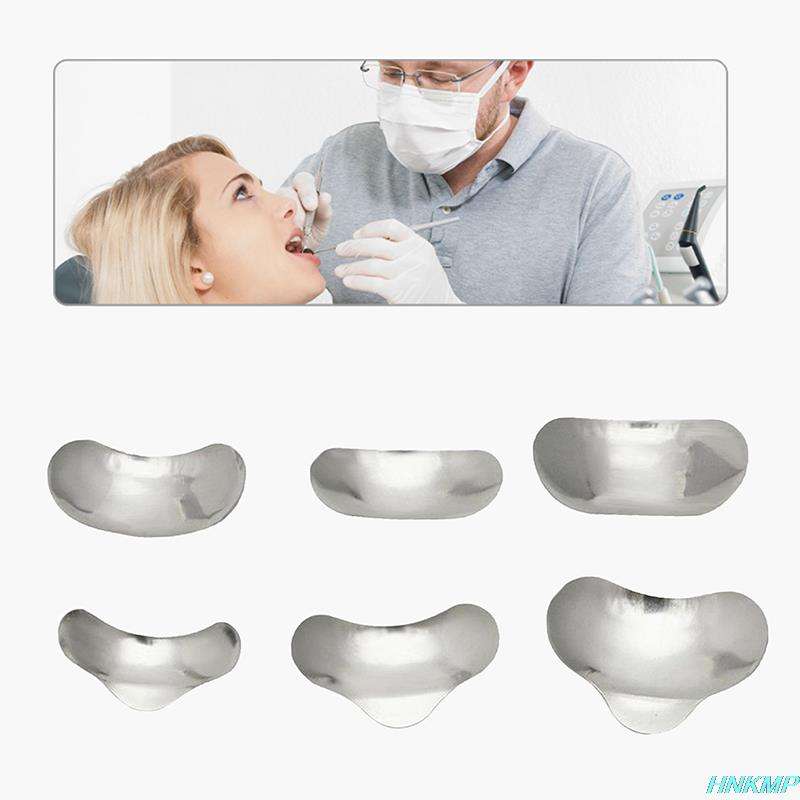
How long does it take to fill a tooth for a dentist
How long does it take to fill a tooth?
With tooth decay, I believe everyone’s first reaction is to go to the hospital to fill their teeth. However, some people may have this experience. Obviously tooth decay. Why do some people go to the hospital once to solve it, but I need to go to the hospital several times?
Because the filling plan depends on the severity of the disease. For less severe caries, the carious material can be removed directly and filled with resin. Severe caries, or even cause pulpitis, pulp necrosis, and periapical periodontitis, must undergo root canal treatment to remove infected pulp and control inflammation. However, root canal treatment cannot be completed at one time, and the number of treatments should be determined according to the degree of inflammation.
How do judge the severity of dental caries?
Tooth decay, also known as dental caries, starts from the enamel, gradually develops to the dentin, and finally reaches the deep layer of the dentin, and then breaks through the dentin to infect the pulp, causing pulpitis and pulp necrosis. If pulpitis is left untreated, the infection can progress downward, further infecting the root of the tooth, and causing apical inflammation.
Dental caries is divided into superficial caries, medium caries, and deep caries.
Superficial caries, that is, caries are only in the outermost layer of the tooth, the enamel layer. Light caries are generally manifested as chalky spots on the white red beans blog caused by demineralization of the tooth surface, which will form yellow, yellowish-brown, etc. after coloring. It has no obvious symptoms and cavities, as long as the teeth are kept clean and resin-filled if necessary.
Moderate caries refer to the development of caries to the dentin surface and clinical manifestations of obvious cavities. Some people still experience short-term pain from hot and cold stimuli, but the pain goes away when the stimuli are removed. For medium caries, a dentist needs to extract the decayed tooth and then directly fill the tooth with resin.
Deep caries refers to caries that have penetrated deep into the dentin, even close to the pulp, usually with hot and cold stimulation pain, but the pain will disappear after the same stimulation is eliminated. In this case, the doctor needs to remove the corruption first and then observe. If the tooth decay does not penetrate the pulp, and there is no damage or infection to the pulp, the tooth can be filled directly.
Pulpitis occurs when caries develops into the pulp, causing an infection of the pulp. The symptoms of pulpitis are obvious. In addition to tooth loss, there will also be spontaneous severe pain, night pain, and throbbing pain. The patient often fidgets and suffers from pain. At this time, if you want to treat pulpitis and relieve pain, you need root canal treatment.
A tooth has at least one root canal, and many have several, with the teeth at the back of the mouth having the most number of root canals. At the same time, root canal treatment requires the removal of decayed decay and infected pulp to prevent the infection from continuing to develop. If there is inflammation, anti-inflammatory drugs need to be sealed, so the patient must not go to the hospital to complete the treatment at one time.
General steps of root canal treatment: At the first visit, pulp deactivation or pulp removal, commonly known as “nerve killing” or “nerve extraction”, is required to relieve the patient’s pain. A follow-up visit will follow in a week.
Follow-up was performed one week after root canal preparation. Mainly by anti-inflammatory to make the root canal sterile. It takes a week to eliminate inflammation at a time, that is, one week after the inflammation is eliminated, follow-up. (Severe inflammation requires multiple anti-inflammatory treatments until the symptoms are completely controlled before proceeding to the next step.)
Next visit, root canal filling, that is, filling the root canal with a special material, and then the final filling can be carried out.
This is why some people need only one treatment for fillings, while others need multiple treatments. Therefore, in order to minimize the harm of dental caries and save money and time, patients must maintain oral hygiene, do regular oral examinations, solve and treat problems in a timely manner, and kill the disease in the cradle.
During the filling restoration, the dentist will use the latest dentistry instrument likewise a kit of the dental sectional matrix, trimming carbide finishing burs during the treatment.

